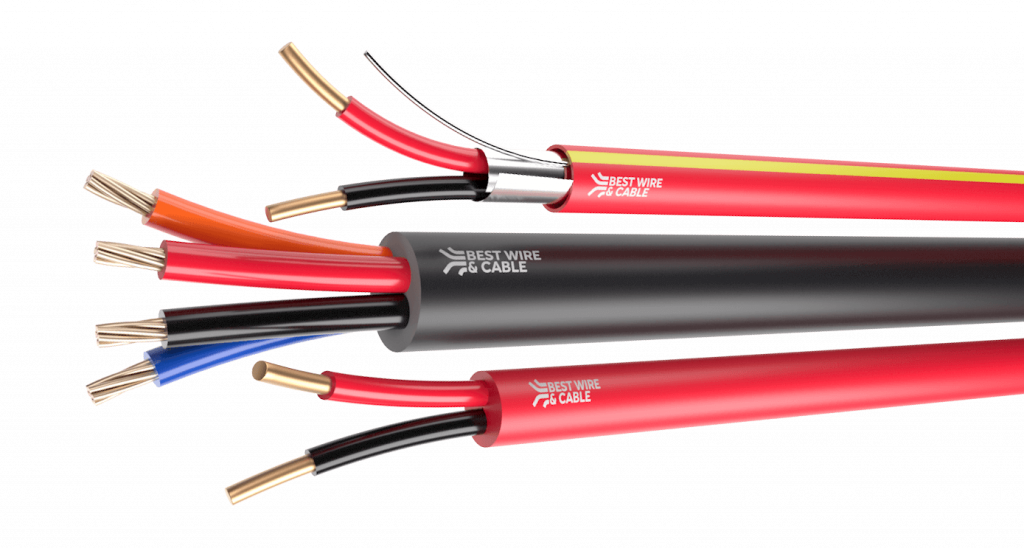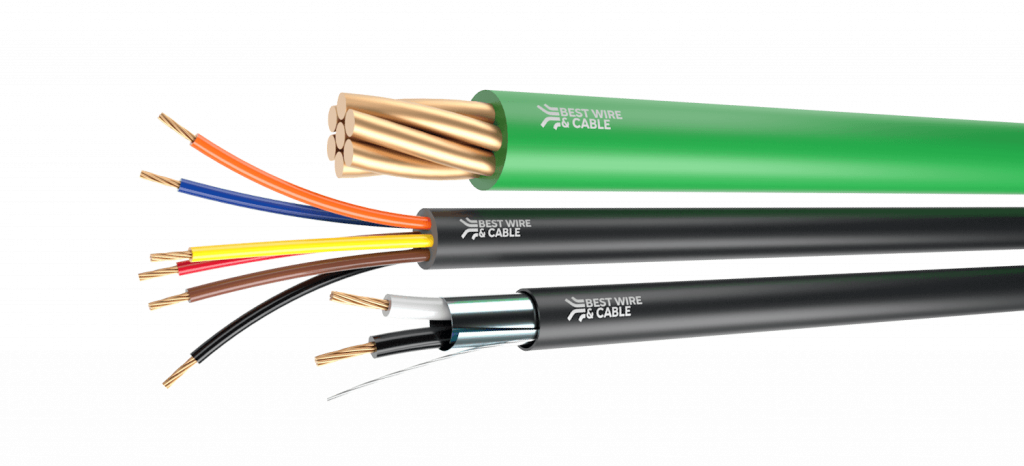The Role of Quantum Technology in the Future of Cables

The Role of Quantum Technology in the Future of Cables
Quantum technology, once confined to the realms of theoretical physics, is now emerging as a transformative force in various industries. Among its many applications, quantum advancements have the potential to revolutionize the wire and cable industry by redefining how we transmit and process data. As global data demands soar, projected to reach 463 exabytes per day by 2025, the need for faster, more secure, and efficient cabling solutions has never been more pressing. Lets look how quantum computing, quantum cryptography, and quantum sensing are poised to reshape the landscape of data transmission and the cables that facilitate it.
Quantum Computing: Redefining Data Transmission
Quantum Computing: Redefining Data Transmission
Quantum computing leverages quantum bits, or qubits, which can exist in multiple states simultaneously. Unlike classical bits that represent either a 0 or a 1, qubits can perform complex calculations exponentially faster. This advancement necessitates a rethink of cabling infrastructure, as traditional copper and fiber-optic cables may struggle to meet the immense data rates and sensitivity required by quantum systems.
One emerging solution is quantum-enabled fiber-optic cables, which can handle the transmission of quantum states. These cables must maintain extremely low levels of signal degradation to preserve the integrity of quantum data. For instance, the European Union’s Quantum Flagship program has invested over €1 billion in developing quantum communication networks, including quantum-compatible cabling systems.
Quantum Cryptography: Enhancing Security
Quantum Cryptography: Enhancing Security
Quantum cryptography, particularly Quantum Key Distribution (QKD), offers unprecedented levels of data security. Unlike classical encryption methods that rely on mathematical complexity, QKD uses the principles of quantum mechanics to create encryption keys that are immune to interception. If a third party attempts to eavesdrop on a quantum communication channel, the quantum state collapses, alerting the sender and receiver.
The deployment of QKD requires specialized cables capable of transmitting quantum states without interference. These cables often use advanced shielding techniques to minimize external disturbances like electromagnetic interference (EMI). Studies have shown that quantum cryptographic networks can achieve data rates of up to 1 Gbps over distances of 150 km, making them viable for secure communication in industries like finance, defense, and healthcare.
Quantum Sensing: Precision in Industrial Applications
Quantum Sensing: Precision in Industrial Applications
Quantum sensing relies on quantum phenomena such as superposition and entanglement to achieve ultra-precise measurements. This technology has applications in fields ranging from oil exploration to medical diagnostics. To support quantum sensors, cables must transmit extremely sensitive signals without noise or attenuation.
For example, hybrid cables that combine traditional power conductors with quantum-compatible fiber optics are being developed to handle the dual requirements of power delivery and data transmission in quantum sensing systems. Industries are already seeing benefits; according to a report by BCC Research, the global quantum sensing market is expected to reach $626 million by 2027, growing at a CAGR of 16.3%.
Challenges in Quantum Cabling
Challenges in Quantum Cabling
While the potential is vast, the development of quantum-compatible cables is not without challenges. Key issues include:
- Signal Integrity: Quantum states are highly sensitive to environmental disturbances, requiring cables with advanced shielding and ultra-low attenuation rates.
- Scalability: Creating large-scale quantum networks necessitates significant advancements in cabling technology to ensure compatibility across diverse systems.
- Cost: Quantum cabling systems are expensive due to the precision engineering and materials required. However, costs are expected to decline as the technology matures.
Real-World Progress
Real-World Progress
Several initiatives highlight the strides being made in quantum cabling:
- China’s Quantum Communication Network: Spanning over 4,600 kilometers, this network uses quantum-enabled fiber-optic cables to provide secure communication for government and financial institutions.
- BT and Toshiba’s Quantum Testbed: In the UK, this project is testing the feasibility of integrating quantum cryptography into existing fiber networks, demonstrating real-world applications of quantum cabling.
The Future of Cables in a Quantum Era
The Future of Cables in a Quantum Era
As quantum technology continues to evolve, the wire and cable industry must adapt to meet its demands. Future advancements may include:
- Superconducting Cables: Utilizing materials like graphene to achieve near-zero resistance, enabling more efficient quantum data transmission.
- Integrated Photonics: Embedding quantum capabilities directly into cable systems to reduce complexity and cost.
- AI-Assisted Design: Using artificial intelligence to optimize cable design for quantum applications, ensuring maximum efficiency and reliability.
According to McKinsey, the quantum technology market could create up to $1 trillion in economic value by 2035. The wire and cable industry stands to gain significantly as it provides the foundational infrastructure for these innovations.
Conclusion
Quantum technology is set to redefine the role of cables in data transmission, security, and sensing. The cable industry can meet the demands of a quantum-powered future by adopting advancements like quantum-enabled fiber optics and hybrid shielding techniques. Investing in quantum-compatible cabling solutions will be essential for businesses to stay ahead in a data-driven world.
Sources for Further reading:
View BWC’s Fiber Optic Products
























